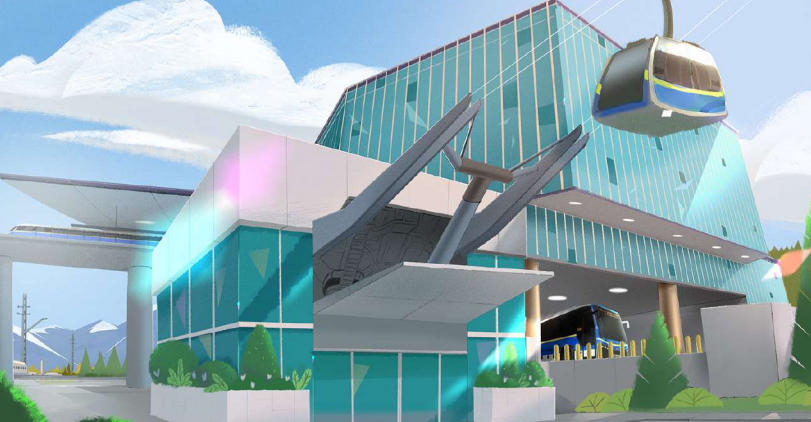Editor:
Unfortunately, to read the eloquently portrayed assessment from the Simon Fraser Student Society, the vast potential for transformation to an all-electric bus fleet, and all the local jobs this forward-looking investment would support, is to be completely ignored.
First, the SFU Student Society fails to admit that with planned maintenance, or with mechanical failure of the gondola, the new electric transit buses to be deployed throughout the region will be called in to replace this solution looking for a problem.
And before we race to this decision, the public should be aware that no major manufacturer exists in Canada for the kind of large-scale gondola system needed to reach the top of Burnaby Mountain.
This means that rather than investing in Canadian-built new technology electric buses, mostly coming from Winnipeg, or encourage Burnaby-based Ballard hydrogen systems as an alternate energy source, the SFU Student Society is calling for off-shoring this investment.
As the major gondola manufacturers are all located in Europe and Asia, not only would such a system use foreign technology, but the skilled maintenance and future upgrades will be tied to these foreign sources too.
Even more problematic is the reference to “thirty per cent less to maintain than the current bus service”. This narrow perspective focuses solely on the costs of a single gondola line, which has zero flexibility, as compared to the bus fleet that can be easily redeployed during non-peak times away from the remote mountain-top campus. Respectfully, the correct manner to assess between transportation network options is to consider the overall life-cycle investment and operational costs, which must consider how the assets might be redeployed should future demand change, or other future circumstances require a different course. Plus, a single gondola line means huge administrative costs that cannot be spread across multiple operations, unlike the bus network.
We must also protect jobs amongst transit drivers to ensure TransLink has the capacity to grow in a flexible manner. As important, the new electric fleet will require training and new skill sets amongst maintenance and technology fields in the region that builds on a future clean economy. I can see great new training programs at BCIT, and even advanced urban planning research at SFU on how to better integrate electric buses across the region. None of this can happen if the gondola moves ahead.
But the gondola proposal exposes a problematic decision made six decades ago. Would we today really decide to locate a major university in one of the least accessible locations in the region? Doubtful. The reality is the SFU Governors have long known being cut-off from the community was a strategic error of the grandest possible kind. And we must challenge the notion that the SFU mountain campus will ever grow again. Years ago, SFU established a downtown Vancouver campus, and recently a major campus in downtown Surrey. Both are located directly on major mass transit stations, including the Seabus, the WestCoast Express and nearby SkyTrain stations. Even more striking is the recent $70-million investment by UBC announcement to purchase a new major Surrey campus site that moves UBC closer to the community. Both these major provincially-funded institutions are moving towards the community, rather than remaining in isolation.
While the existing scale of the mountain-top campus, together with the nearby UniverCity residential enclave, can be supported by the SFU Board of Governors, yet, in my estimation, the business case for the gondola is dead on arrival.
This is especially true when we are soon to launch development of an all-electric mass transit bus fleet that is far more flexible and more easily integrates within the community without the implications to Burnaby Mountain area residents. Investing scarce taxpayer resources in a flexible electric transit bus system seems like a real solution to the pressing sustainability challenges before us.
Joe Sulmona, North Burnaby



